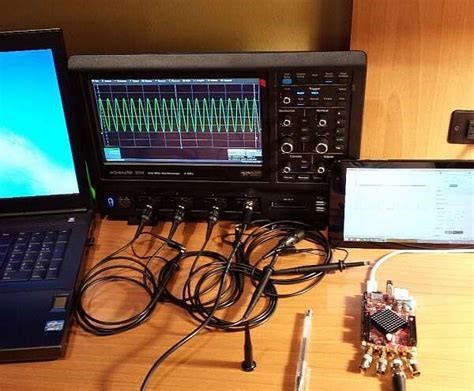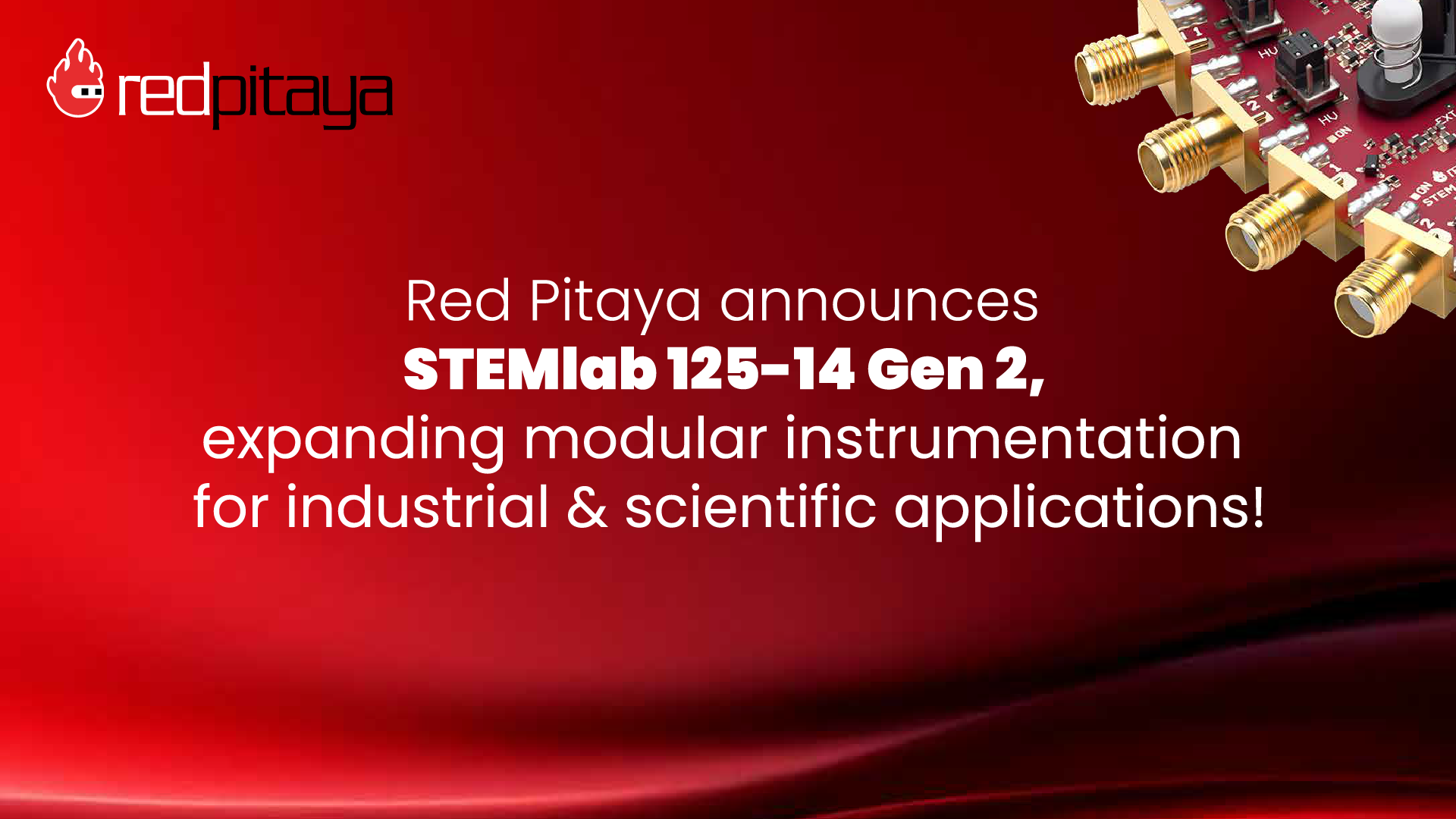Independent Study Highlighting Red Pitaya’s Strong Points for Academia
- Posted by
 Red Pitaya Team
, December 15, 2022
Red Pitaya Team
, December 15, 2022

Ever since the introduction of sponsored research, the credibility of the final results has often been questioned, due to the possible interests of the sponsor. Nowadays, the excess of information we receive on a daily basis continues to blur the lines between the different types of information sources (bloggers, influencers, marketeers, academics, etc.), making it hard to distinguish reliable information from well-disguised publicity. However, if a well-reputed technological university decides to buy some equipment at standard prices and then submit it to independent comparative tests, then the resulting conclusions obviously carry more weight.
This is exactly what the Embedded Systems Research Group of BME-MIT (Budapest University of Technology and Economics) did. This department, with over 30 years of experience in FPGA systems, investigated possibilities for students to carry out laboratory tests outside the traditional limits of space and time, or at least outside the lab and its regular opening hours. The ever-growing complexity of projects comes with a need for increased access to equipment, which conflicts with the limited availability of expensive, single-purpose lab instruments, the need for supervision in the lab traditional environment, and so on. Moreover, the COVID-19 pandemic and resulting need to change the normal work and study patterns provided the perfect setting and impetus for such efforts.
First things first: what are the main requirements instruments need to comply with to fulfil the students’ needs? The most obvious and widely used devices are oscilloscopes, logic analyzers, and arbitrary waveform generators (WGA). In order to simplify hardware, and knowing everyone usually has a laptop or desktop PC at hand, the ideal option came without its own display, but with USB or Ethernet connectivity, a flexible configuration, and multiple tools inside one package.
Three hardware types were put under the microscope: measurement “toys” from Asian producers, low-cost USB scopes from more traditional manufacturers, and professional development tools. The use of the word “toy” in the first option already indicates such devices are fun to play with, especially for more experienced users who understand their limitations, but also that they lack reliability and consistency in their specifications, connectivity, documentation, and so on. Low-cost USB scopes can be used as an oscilloscope or an AWG, but for instruments with acceptable characteristics for bandwidth and programmability, the cost can hardly be called low anymore.
This leaves us with the third option, which is actually the only one complying with all the requirements for a full set of lab instruments: the professional development board. Two models were tested: the Red Pitaya model STEMlab 125-10 (the most affordable board in the range), and the Diligent Analog Discovery 2. The latter is considered primarily an educational tool, with only USB connectivity and the need for a computer to run the application, while the STEMlab is offered as a more solid solution, thanks to its superior 1Gbps Ethernet connectivity, standalone operation mode, multi-functionality, and extensive documentation down to the hardware level. This results in a compact test setup, as can be seen in the example in Fig. 1.
Figure 1: Electronics lab setup with a Red Pitaya unit
The BME-MIT report further describes three completed user cases (and an additional idea for a fourth):
Case 1: Home Lab
This case is basically the practical execution of the project mentioned earlier in this article, with students able to work outside of the traditional lab. Students can borrow equipment for their projects for as long as necessary, within certain practical limits. The STEMlab is particularly popular, thanks to its previously mentioned programmability and connectivity, as well as its extendibility to applications other than scopes and generators.
Case 2: Virtual Lab
The Virtual Lab allows connecting and operating equipment remotely to run complex projects during long test intervals, where several people can also connect from different locations. The physical setup of the instruments, however, needs to be done in the lab. An example of a test layout can be seen in Fig. 2 below, with the ethernet switch linking the devices and the STEMlab in charge of connectivity. The Red Pitaya meets the needs of around 60-70% of the projects, with students directly accessing the STEMlab services through a webpage interface, independently from where they are, and developing their own DAQ software for specific cases.
.jpg?width=602&height=648&name=Picture2%20(1).jpg)
Figure 2: Virtual lab test setup layout
Case 3: Networked Measurement Systems
Taking the Virtual Lab application one step further, we find cases where students need to set up complex networked measurement systems and build working programs for automated measurements, typically in Python or mixed programming environments. Project examples are the evaluation of flexPTP – an MCU-based PTP implementation – or web-based access to measurement results.
Clearly, the BME-MIT (with the results presented by Tamás Kovácsházy, PhD) dedicated a considerable amount of time and effort – without mentioning the financial aspect – in investigating and developing the best method, optimizing the use of lab equipment and allowing students to carry out their projects when and where it’s most convenient for them. With, at the end of the day, Red Pitaya standing out as a valuable asset and partner.


.jpg?width=767&name=blog%20featured%20image%20(100).jpg)
.jpg?width=767&name=blog%20featured%20image%20(85).jpg)

.png)